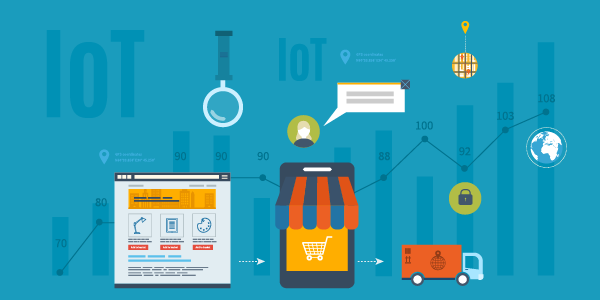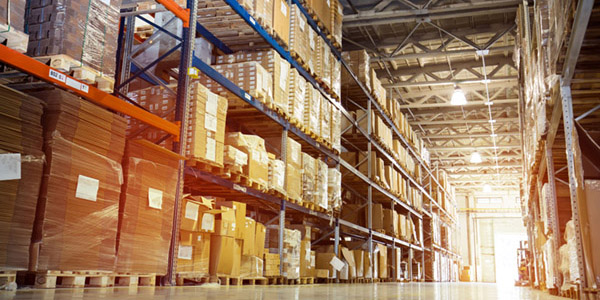The Internet-of-Things (IoT) is a stack of technologies in which we need to take care of each layer to achieve a complete IoT solution. The ultimate goal of IoT deployment is to create business value from data intelligence.
There are a few critical factors to consider from both the business and technical point of view, viz: Business objective, Environment, Connectivity, Data, and Intelligence.
1. Business Objective
We should never buy new technology for technology's sake. IoT can add significant business value to enterprises, which is not limited just to enhancing the customer experience, improving security or loss prevention. Hence, the first point you need to consider before thinking about any technical requirement is to define what your business is aiming to achieve with IoT.
2. Environment
After you establish your business objective, you need to define what data your organization needs. For example, are you seeking information on temperatures, humidity, power usage, water leakage, smoke detection, etc. Then, you need to consider the on-going maintenance and management of the sensors that are acquiring the data. This includes things like battery efficiency, and the remote configuration of the devices. After choosing your edge devices, you then need to connect them for data transmission.
3. Connectivity
There are many different connectivity protocols for IoT. To choose the best-fit protocol for your environment, you need to consider whether you need a wired or wireless connectivity, speed of data transmission, battery efficiency and how large an area you need to cover. For example, you may use LoRa or NB-IoT for retail stores or shopping malls leveraging its strong indoor penetration and minimizing signal interference with shops’ Wi-Fi networks; or you may use low-power Narrow Band protocol, NB –IoT, for server rooms and facilities management; and ZigBee for wide area coverage, for example, warehouses. Or, of course, a mix of protocols if that fits your needs better.
4. Data
IoT is all about data and how to use it to enhance your business. Maybe you only need one type of data in the beginning, but as your business develops your needs may change. This means you will need a centralized data platform that can collect and visualize data from multiple types of sensors, and let you manage everything on a single panel. This platform will need to support multiple vendors to maintain your flexibility in future development, and be able to send instant alerts when any undesirable factors are detected so that you can take immediate action to address the problem.
5. Intelligence
The ultimate goal of IoT is to draw useful intelligence out of your data. You can review historical data for any insights, or to find problems that lead to repeated undesirable outcomes. You can also set threshold values from data insights that allow you to set automated preventive when problems occur so that you can develop a closed-loop IoT system that further improves the efficiency of your resources.
Connecting the dots
Inevitably IoT solutions are getting more complex and dynamic. But following these five points should help you deploy IoT successful. 1) Define your business objective; 2) Consider the maintenance and management of your edge devices; 3) Choose the best-fit connectivity for each specific environment; 4) Choose a centralized data platform to cater multiple-sourced data and prevent being locked-in by any single vendor; 5) Bring business value with data intelligence.


